How to Design with Daffodils, Hyacinths, and Tulips
Early, early spring is a uniquely spectacular time for flowers. The growing light of longer days encourages flowers to wake up, while winter’s lingering chill allows the most delicate blooms to take their sweet time coming of age. It’s the magical combination that gives us cherry blossoms, forsythia, daffodils, and all the other hallmarks of spring.
I’ve been sharing with you my favorite tips for working with woody stems and hellebore, and today I’d like to dig into some quick tips for three favorite bulbs that I LOVE to work with: daffodil, hyacinth, and tulips!
Daffodils
I love daffodils in all their cheerful, spring-focused colors. They’re best known for their sunshine-yellow shade, but you can find them in combinations of white, butter, peach, coral, and orange.
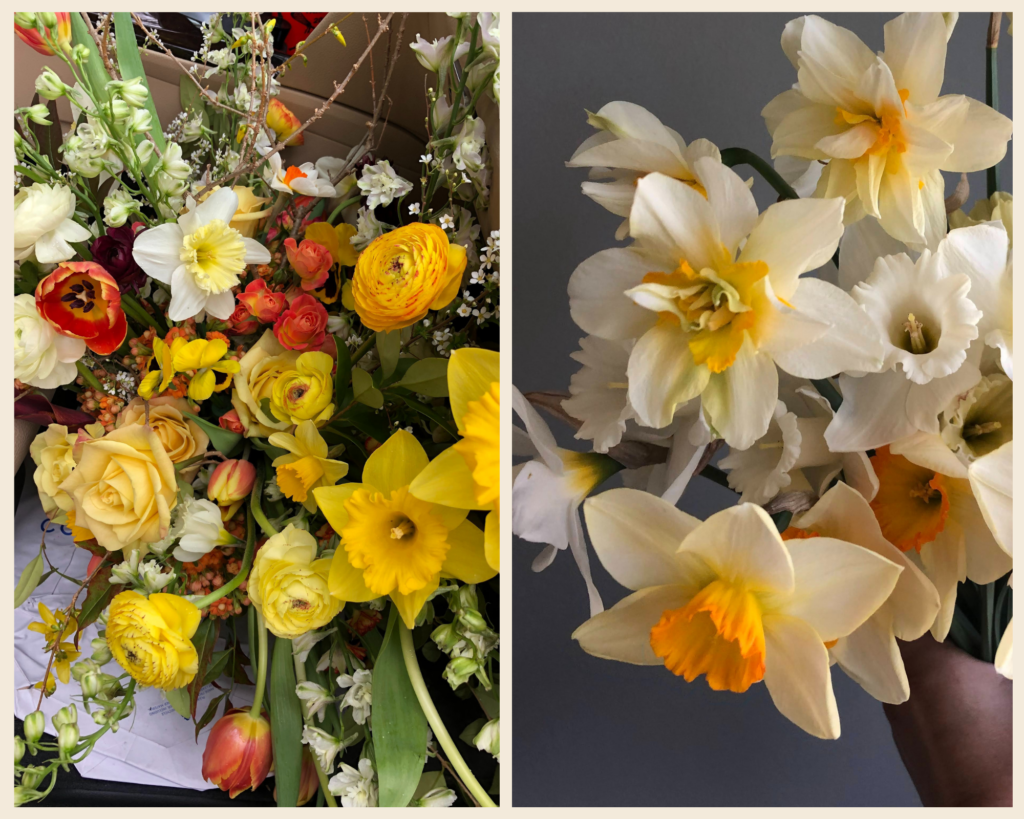
The star-and-cup shape (both single or double) of daffodils is distinct and eye-catching. Daffodils become a focal point for every design they’re in, so embrace their individuality! As a form flower, you can apply my coined phrase “Form Flowers Float!” Allow them to dance above their counterparts in designs and draw interest while also protecting their delicate shape. Alternatively, cluster and group them for impact. This mimics how they grow in a natural way!
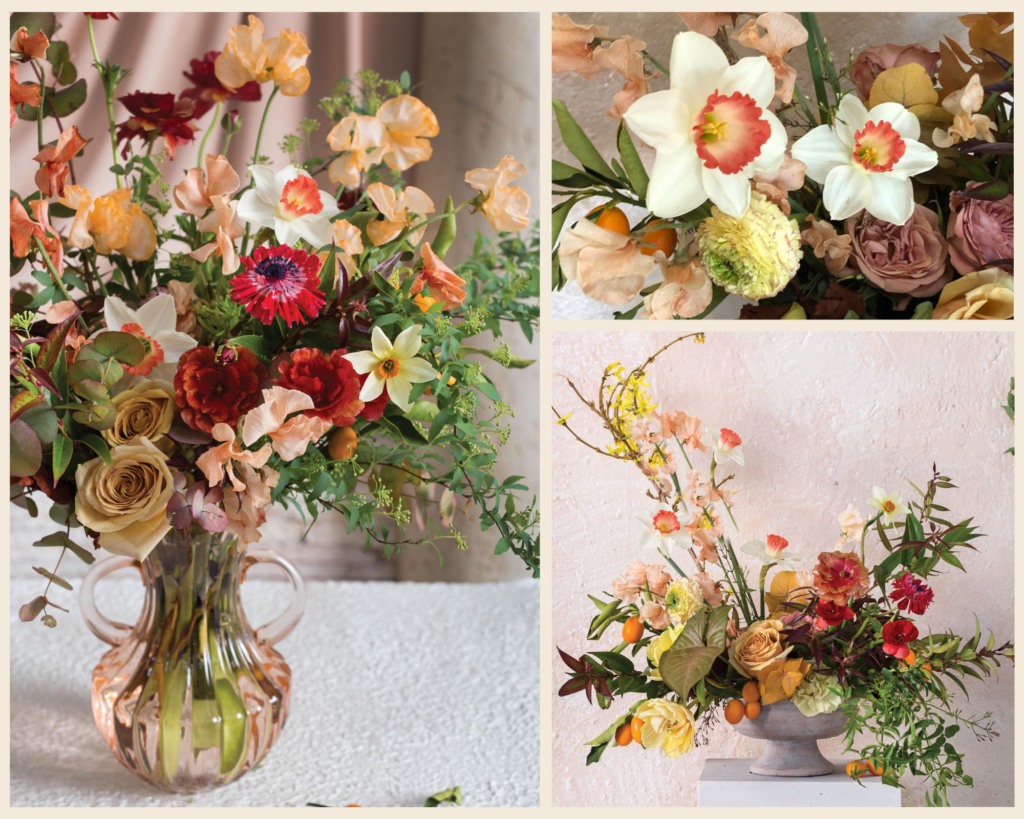
When working with daffodils, anticipate needing some extra stems. They can snap, break, and some may not open. In bouquets, be mindful of your binding technique, so you don’t crush their fragile stems!
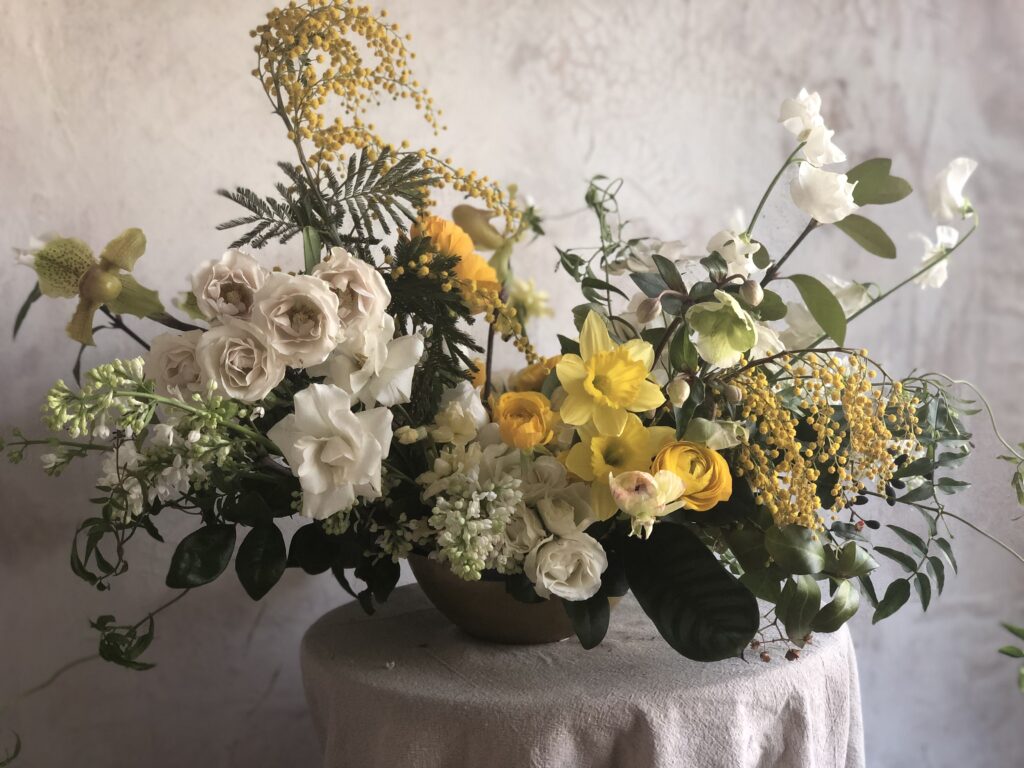
Hyacinth
Hyacinth is a miracle! Few flowers come in as many colors as hyacinth, let alone blue. Don’t sleep on the true, dark blue shades, peach, red, violet, or lavender. And the pale yellow! It’s a dream.
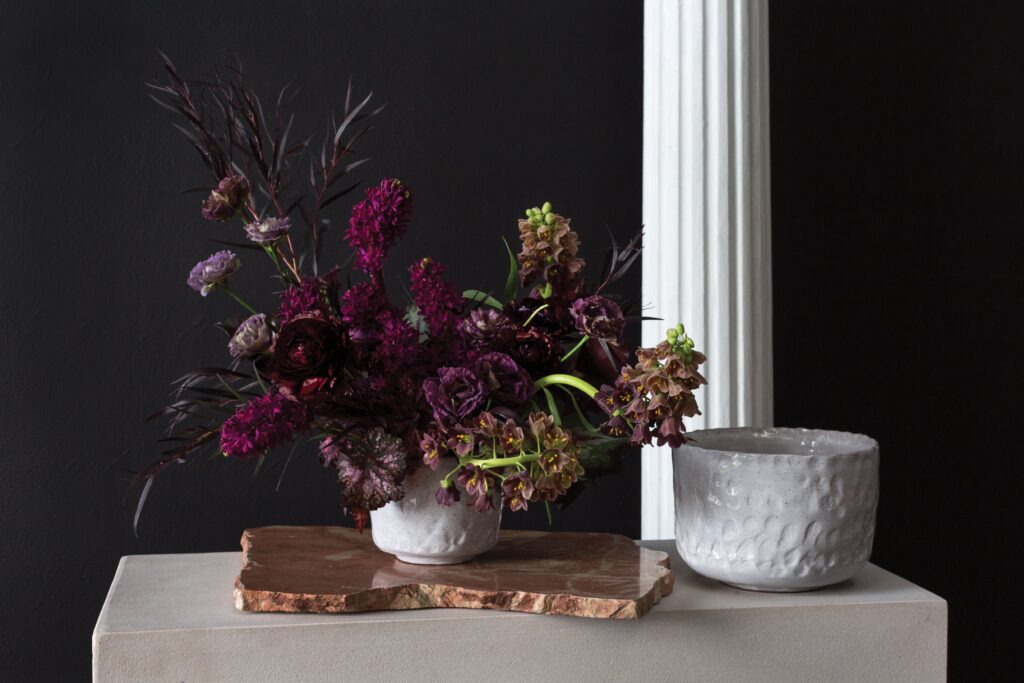
They are long-lasting, which is always a benefit, but be sure to plan right and allow them some time to open (as much as 5-6 days)!
The fragrance can be overpowering and may be unwelcome during dining, where the scent can distract from the meal. To reduce the fragrance, you can remove some florets. Then, take those florets and wire them into clusters for bouquets and personals. By wiring hyacinth clusters, you can also add long, thin stems that will be better for bouquets anyway!
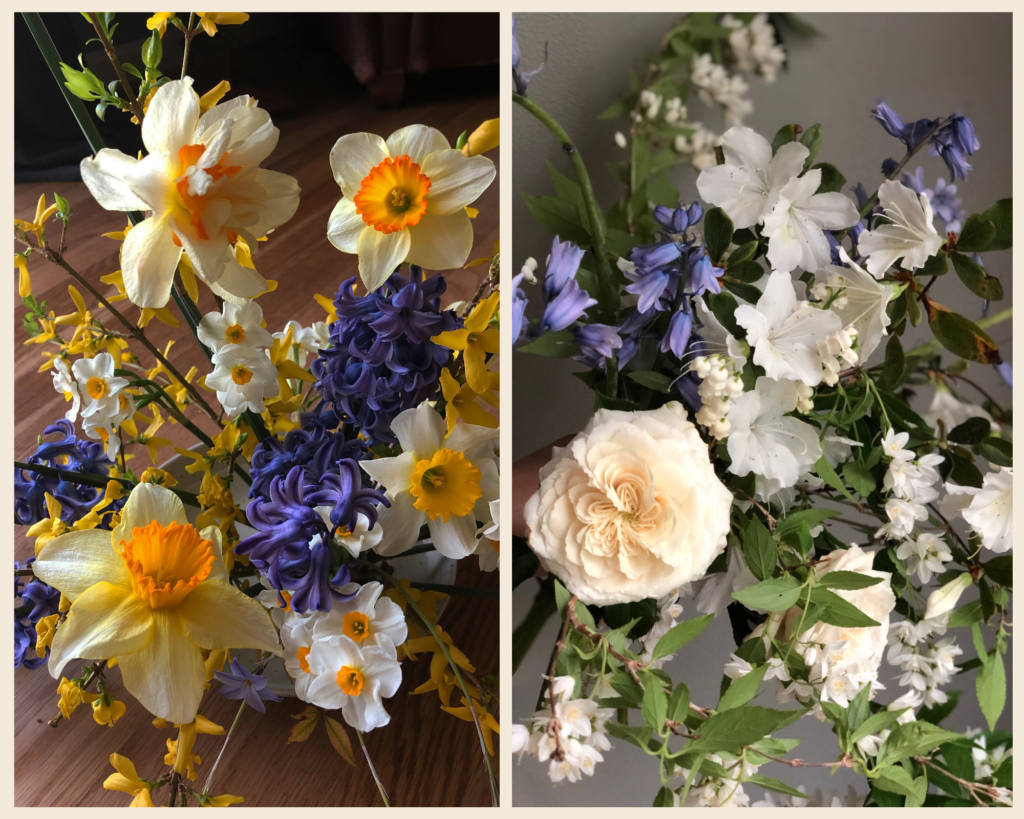
Tulips
Did you know that cut-flower tulips are often sold on the bulb in Europe? By keeping the bulb attached, the tulip stem can be longer! You get those extra, below-ground inches on your stem. Additionally, the quality of the tulip will be preserved for much longer. The bulb continues to provide nutrients and sugar to the flower as long as it’s attached to the stem.
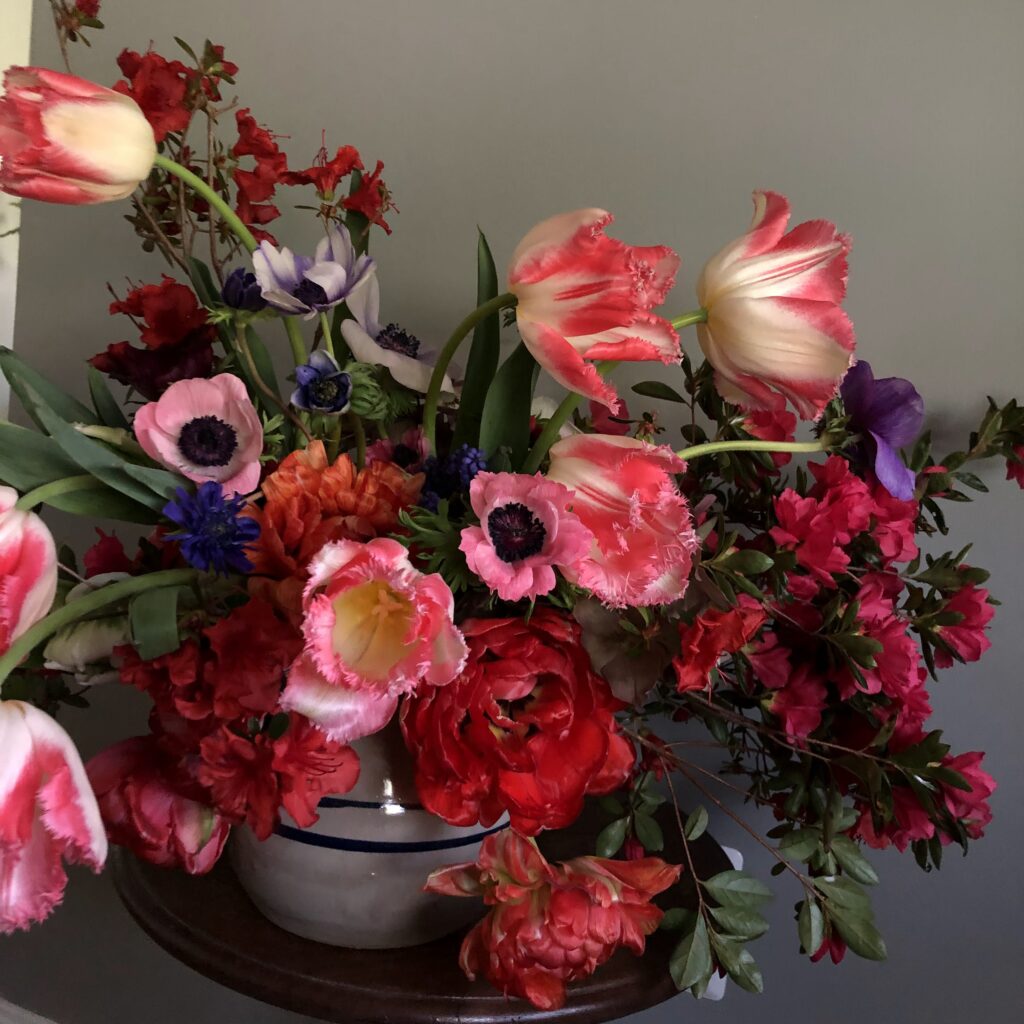
Some local growers might let you buy tulips on the bulb! Upon receipt, leave them cold-packed in the cooler. Do not add them to buckets with the bulb attached. The water will encourage rot to the bulbs, nullifying the benefit of keeping them on the bulb to begin with! Simply remove the bulb right before you design. Then, you can then plant the bulb in your garden to grow next year.
Tulips are heliotropic, meaning they grow toward the sun or light. You may have experienced this phenomenon on a wedding day. For instance, you designed centerpieces beforehand, and as you move them into the venue, all the tulips look stiff, upright, and overgrown. That’s because they continued to grow, seeking out sunlight. In anticipation, you can keep tulips shorter as you design, add them on-site, or embrace it!
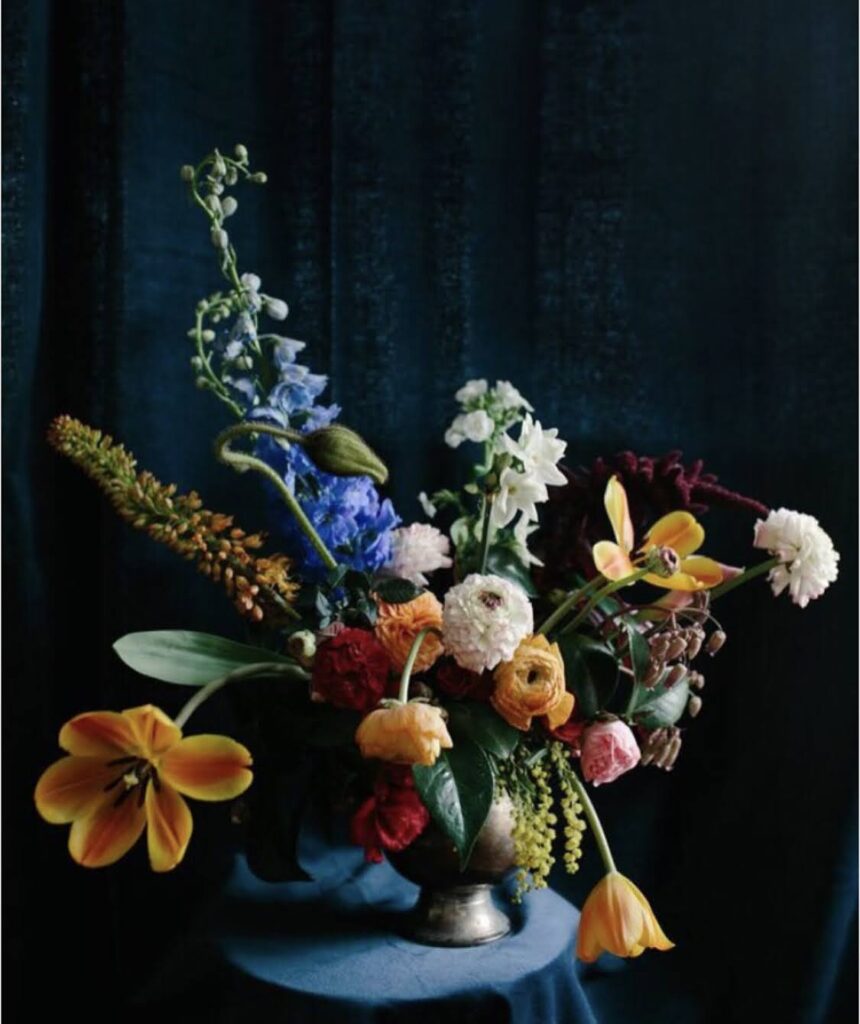
The belled tulip shape is an iconic and timeless favorite, but don’t be afraid to experiment with tulips by reflexing them. This gives your tulip more of a form flower focal appearance than they might have otherwise. Consider reflexing just a few petals, as over-reflexing can look very forced and reduce the lifespan of some more fragile varieties.
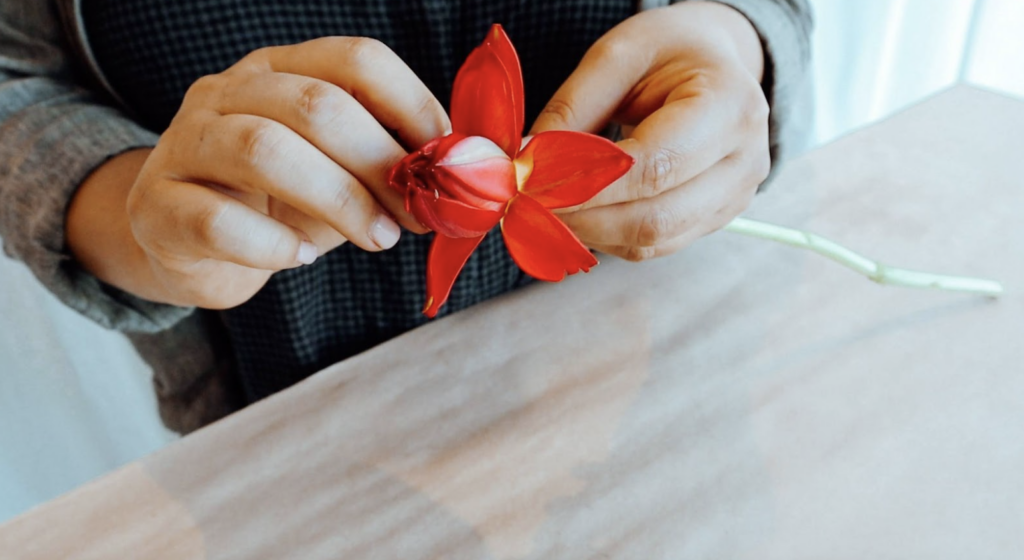
Spring is such an exciting time for flowers. Make the most of the season by channeling the Dutch Masters for a photo shoot or by including bulb flowers in your daily designs!

Previous Post:
Next Post:
Leave a Reply
I think you'll also love reading...


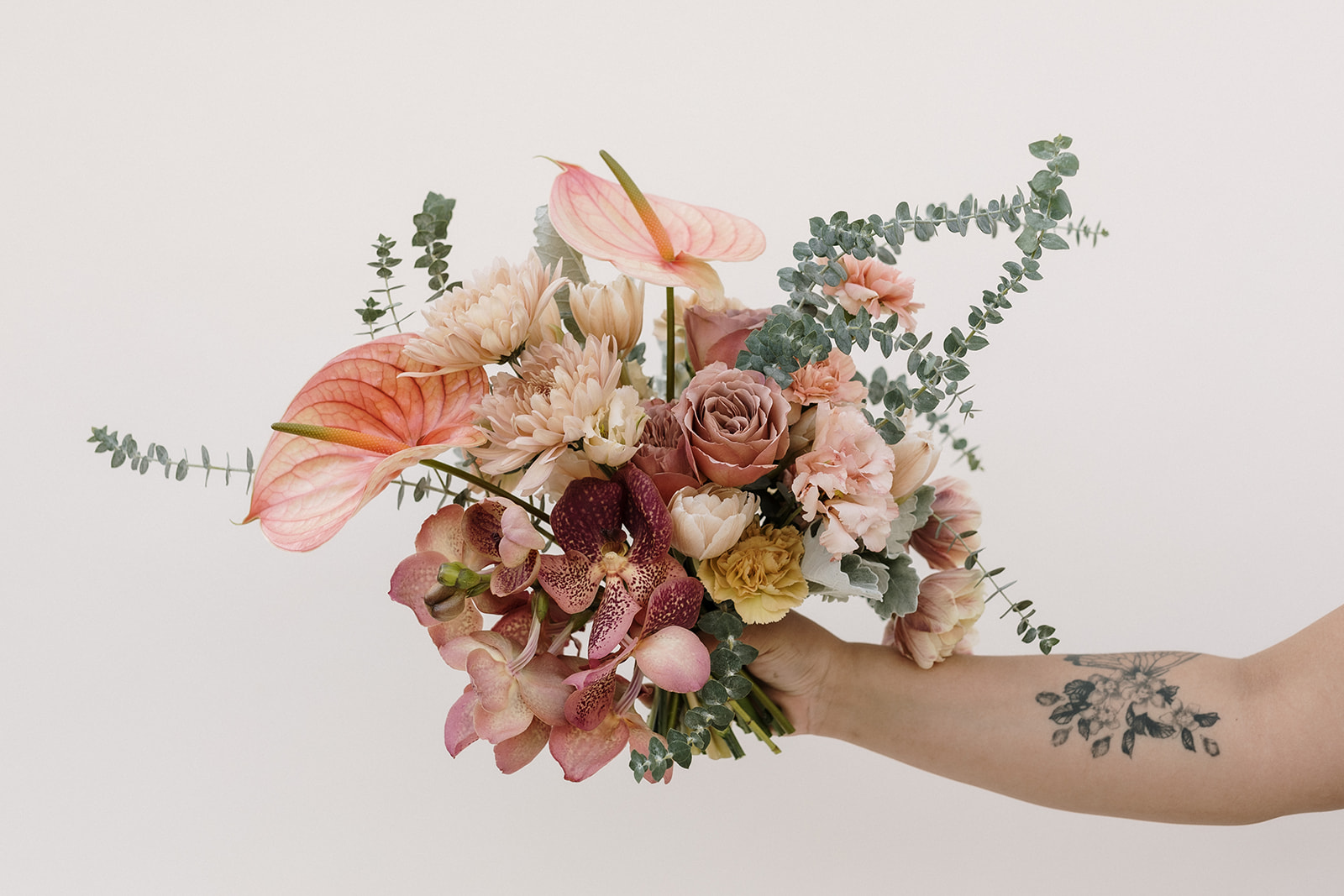


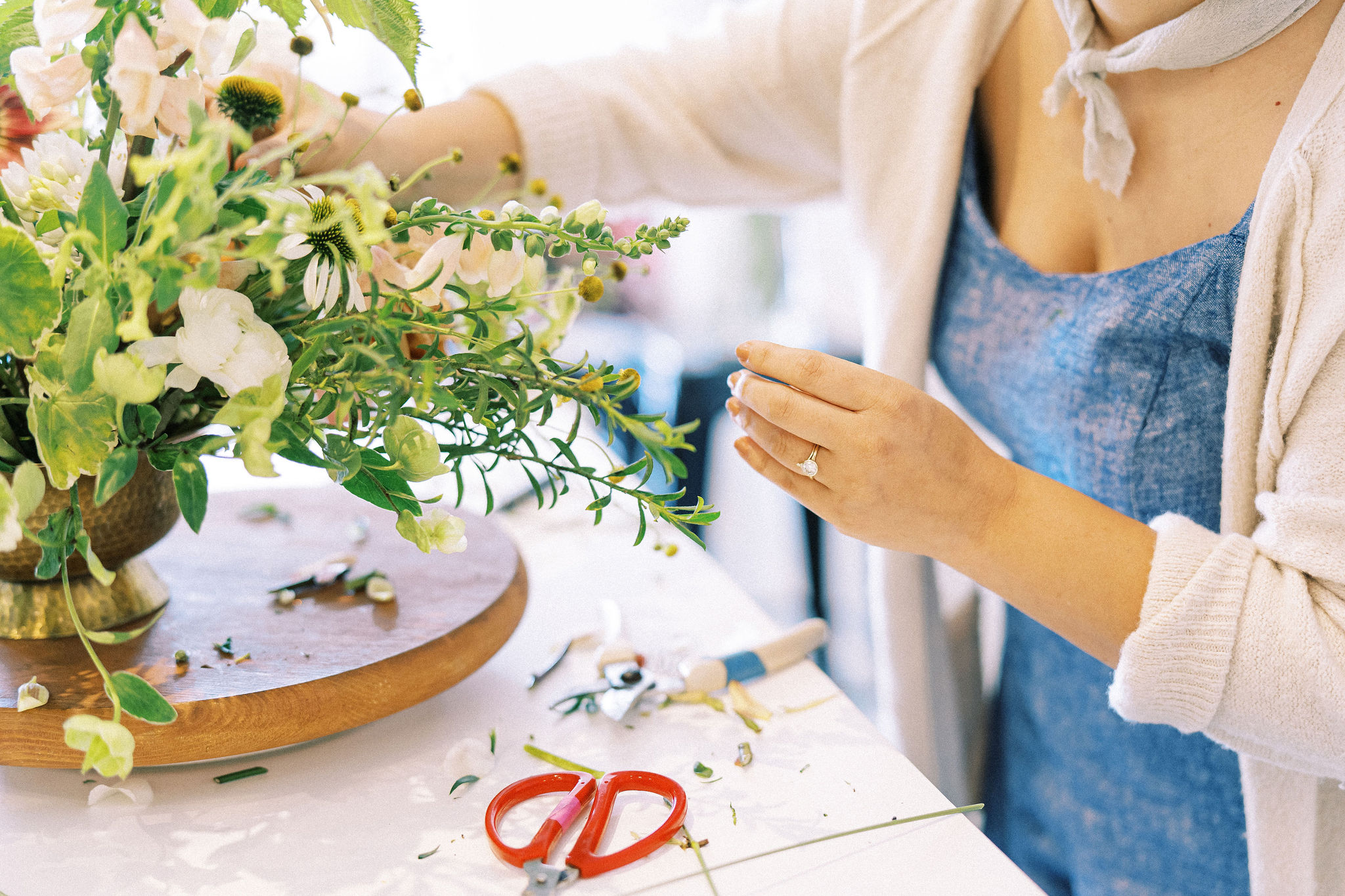


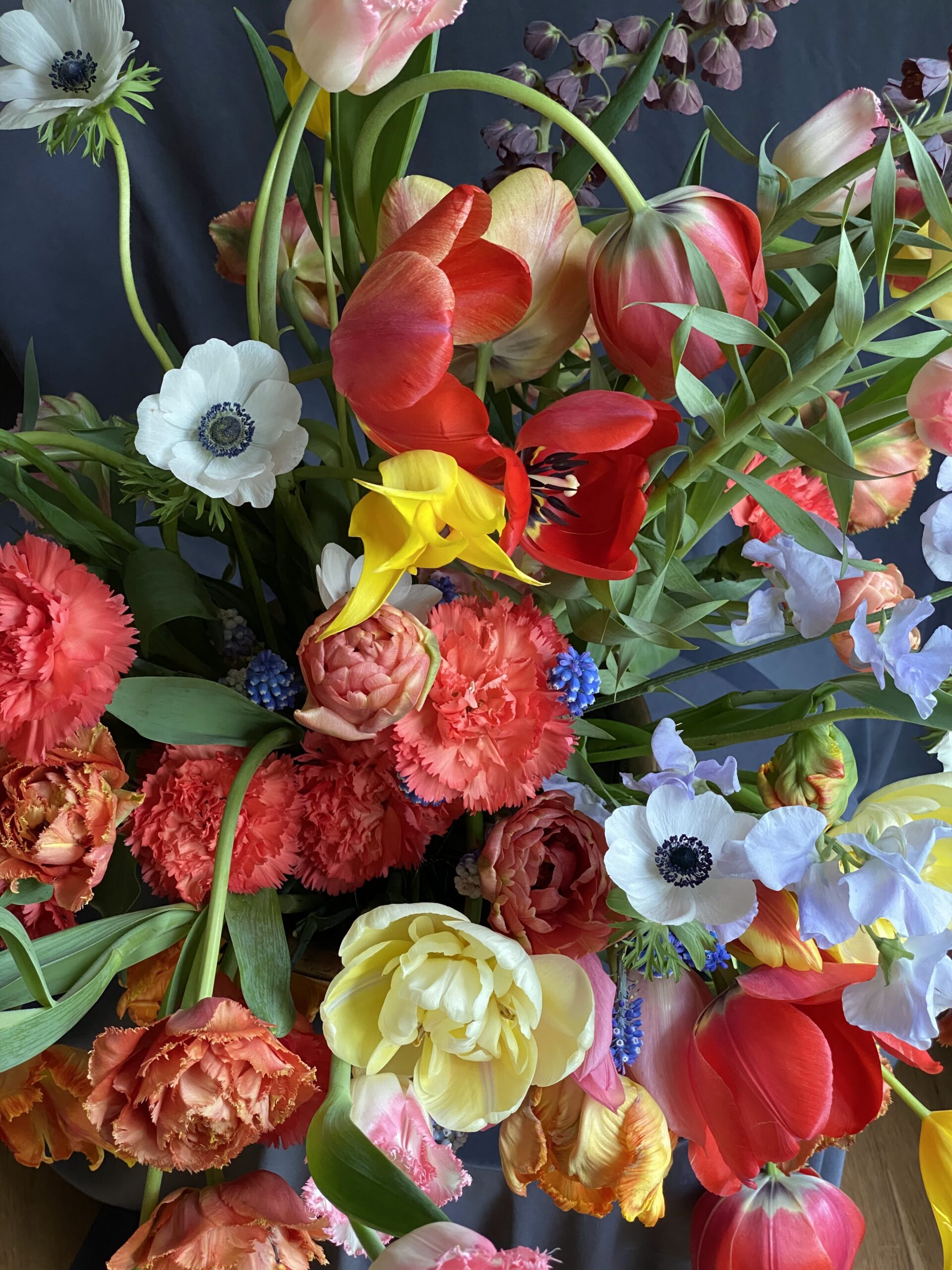
Great tips! I love the beautiful arrangements pictured as well!
Thank you!!! I find spring blooms to be some of the most inspiring!
Love this article. So fun to read and look at the beautiful examples. Thank you for making these helpful tips!
Of course! So glad you enjoyed the read! Happy designing <3
I love spring flowers but can’t always afford to play with them unless I have a order. Isn’t there a flower library I can cut/paste flowers to see how they’d look before purchasing? I believe you mentioned it on one of your webinars but for the life of me I can’t remember. I have 2 (hopefully) upcoming weddings this year and it would also help the young brides decide. I’ve been in business 4mths and it’s slow going.
Hey there! I believe what you’re referring to is the Mayesh Flower Library. I often use that site to grab photos and put them in a document to help me visualize how it all goes together. It sounds like a great way for you to play and experiment without dropping the $$$. It is also a great visual resource as you create concepts for clients!
4 months probably doesn’t feel like it to you, but it’s not so long! Embrace this time as you build your career and portfolio as an opportunity to learn and develop strong design fundamentals. That way, when the time comes and you’re booked to the gills, you know you have an awesome foundation to lean on. Please be in touch if you have any questions, and best of luck to you!
Beautiful arrangements. love the Accent Decor photo shoot.